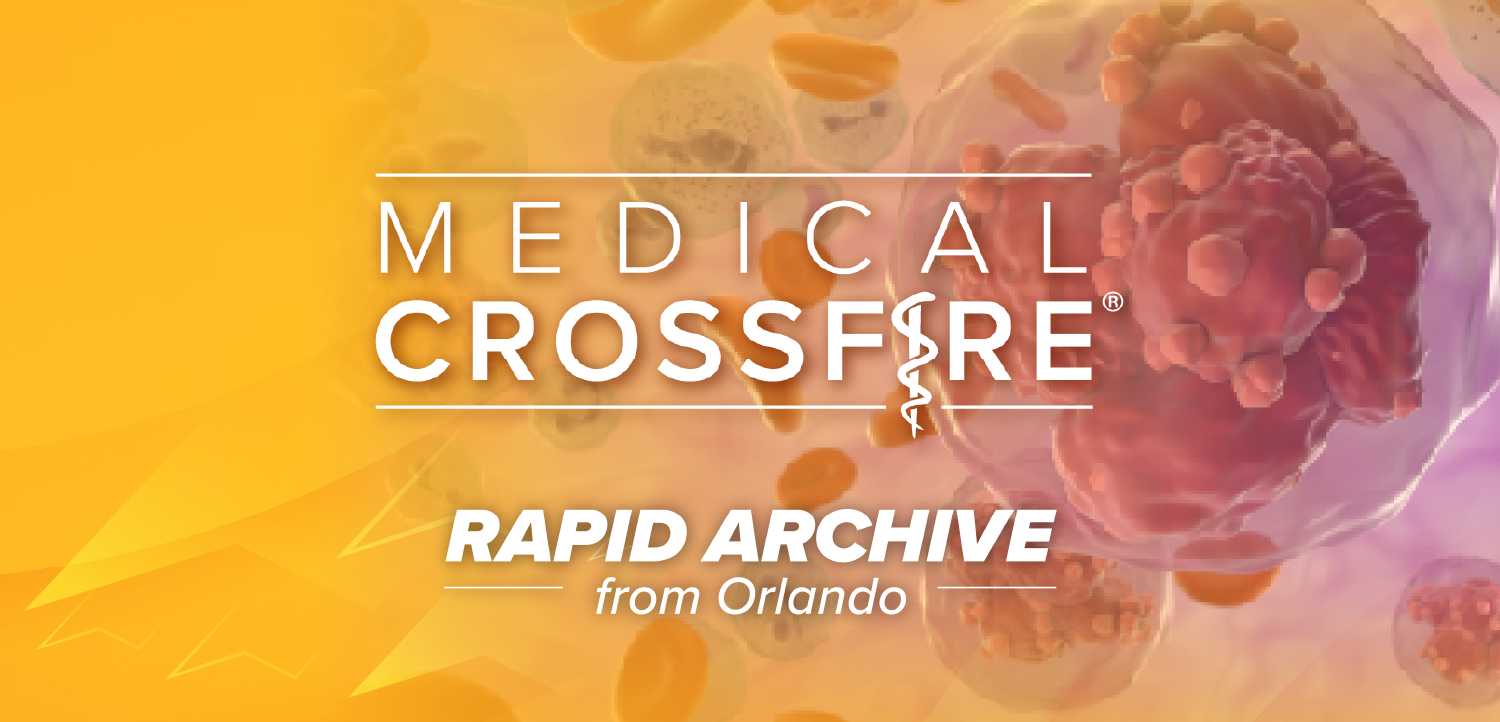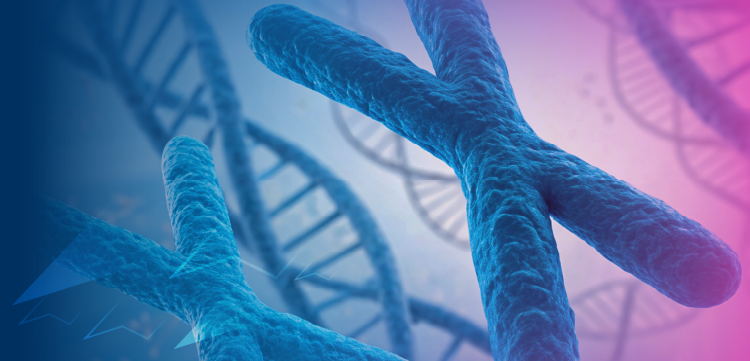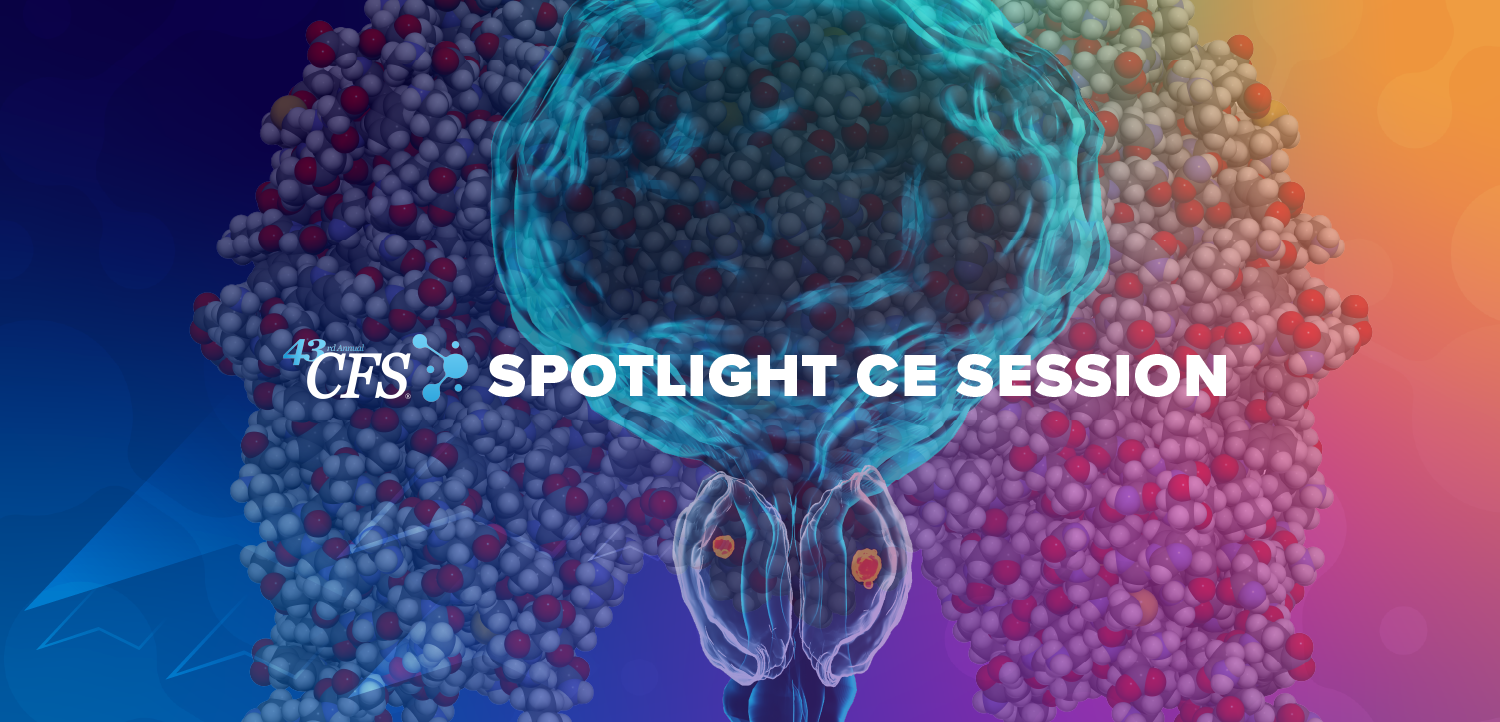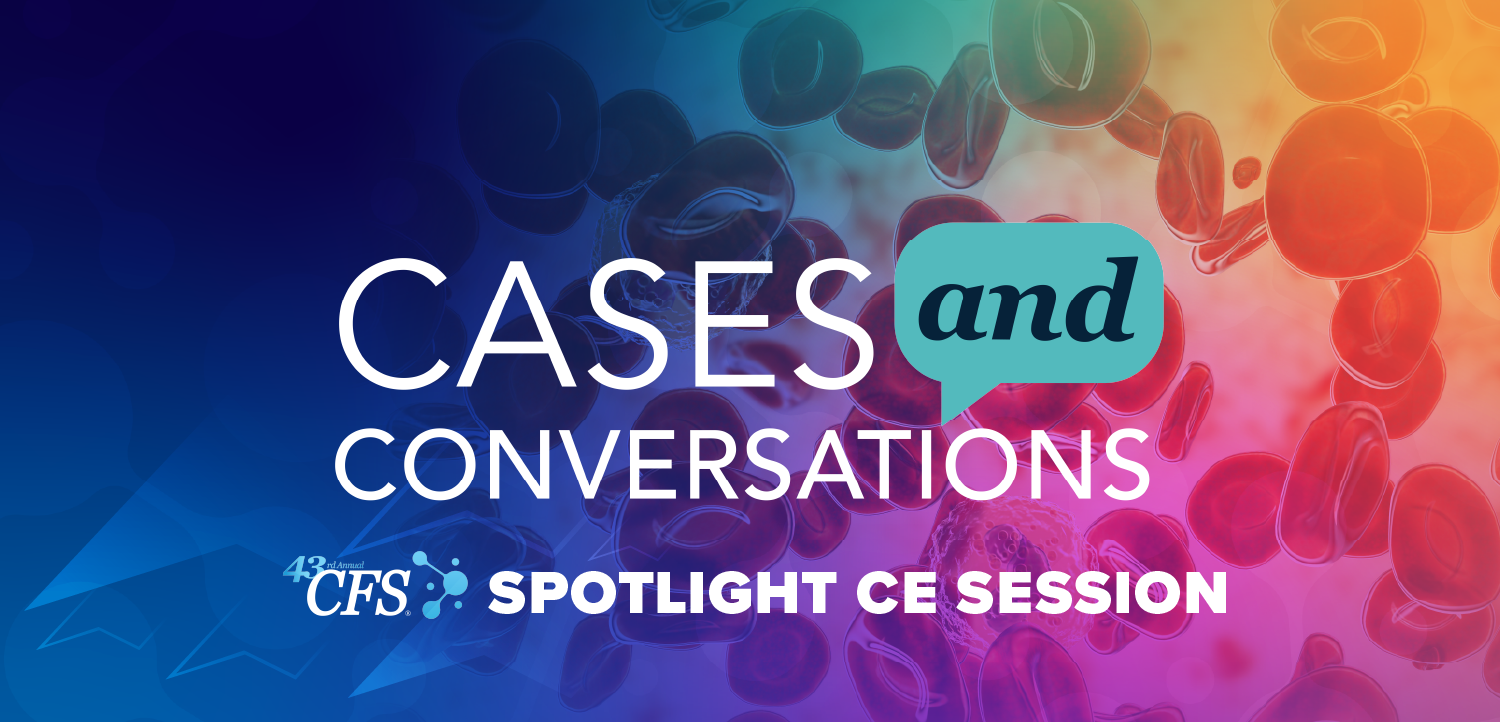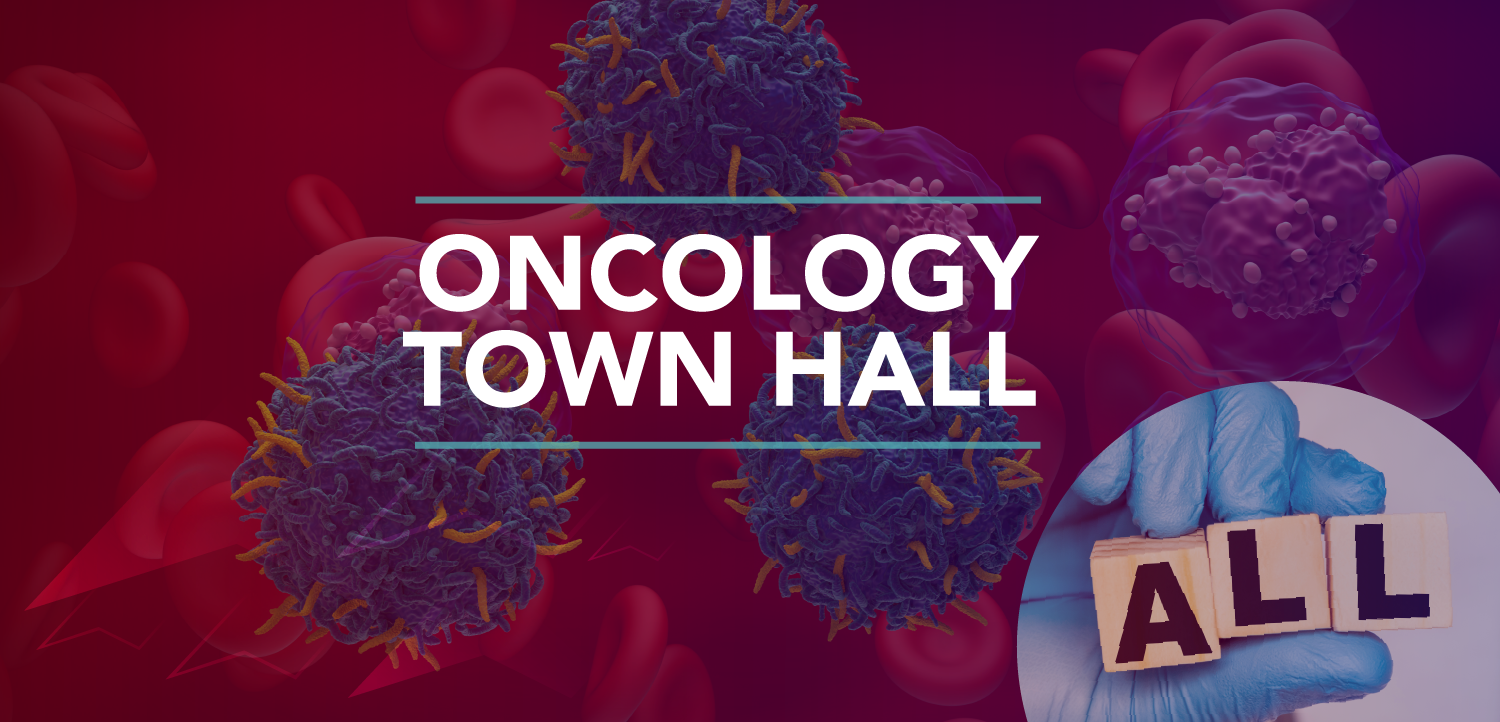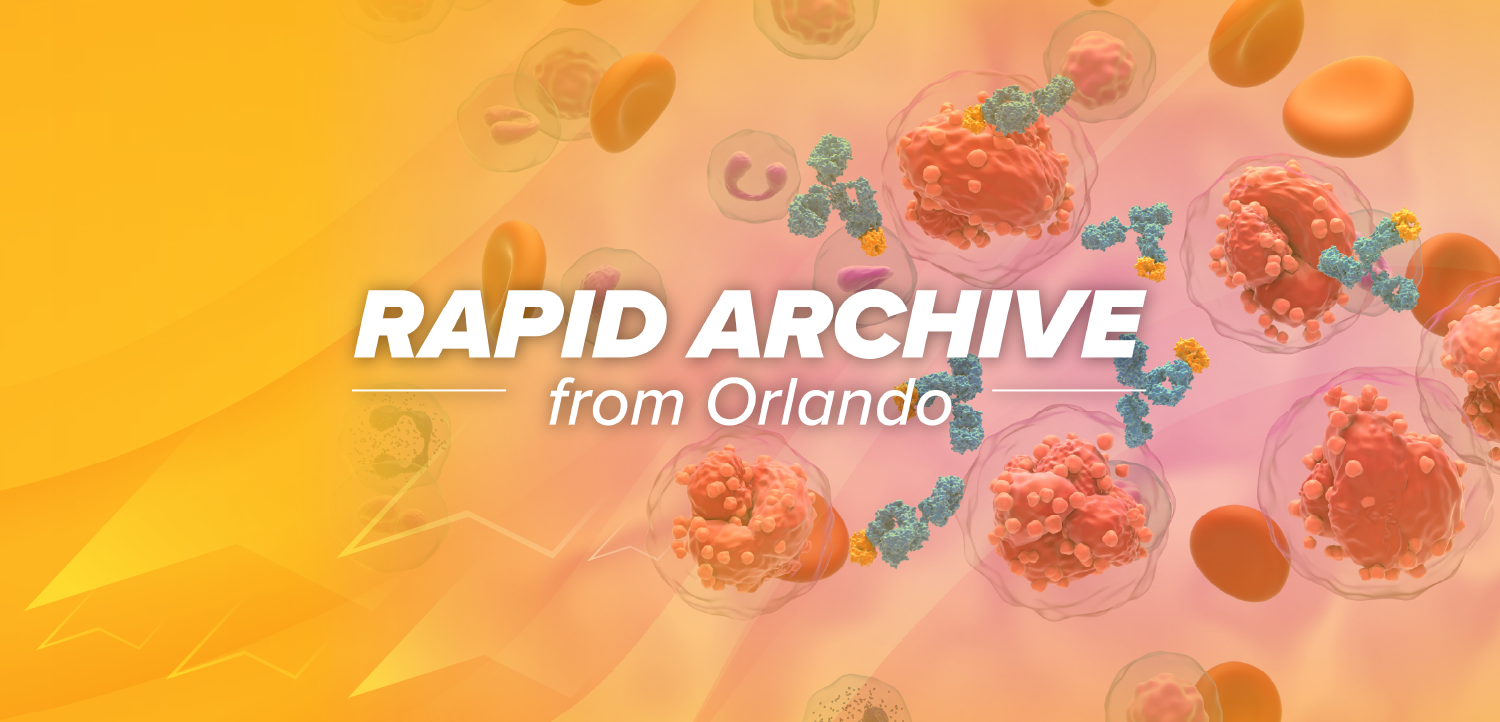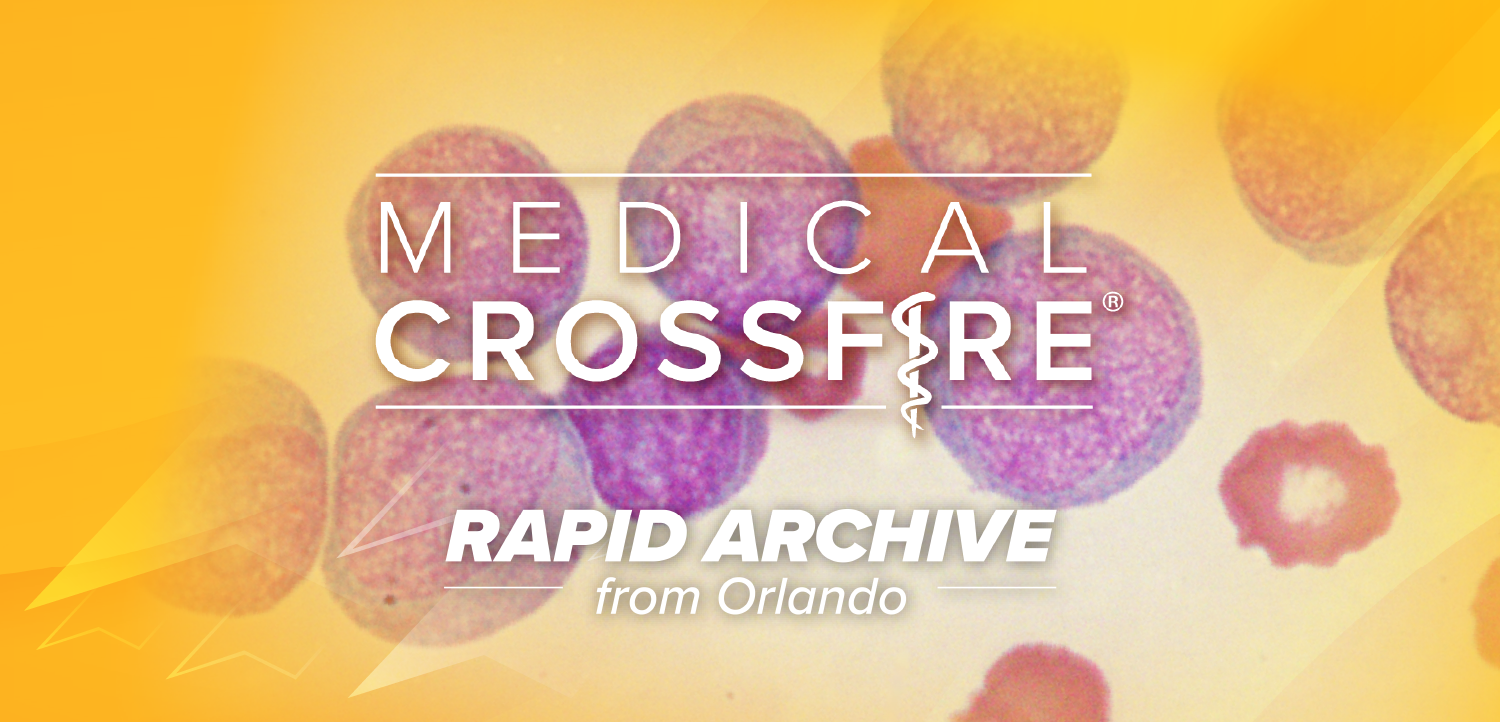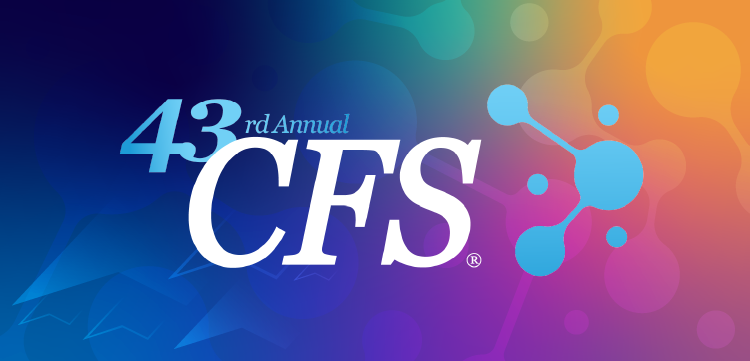
AstraZeneca's Triple Inhaled Therapy Meets Primary Endpoints in Phase 3 Trials of Uncontrolled Asthma
The KALOS and LOGOS registration trials in patients with uncontrolled asthma compared the triple fixed dose BGF with dual combination therapy.
In adults and adolescents with uncontrolled
KALOS and LOGOS randomized, double-blind registration trials, both met all primary endpoints, according AstraZeneca, establishing BGF (320/28.8/9.6μg) as a potentially significant advancement for individuals who remain symptomatic on maintenance treatment with inhaled corticosteroid/long-acting beta2-agonist (ICS/LABA) maintenance treatment.1
No new safety or tolerability concerns emerged in either trial, supporting the established safety profile for BGF previously demonstrated in COPD treatment.
“Despite advancements in asthma treatments, millions of patients remain uncontrolled, which can cause frequent breathlessness, coughing and wheezing, significantly impacting their ability to perform daily activities. The results from the KALOS and LOGOS trials are exciting and demonstrate the potential of [BGF] to evolve the standard of care,” Alberto Papi, professor and chair of respiratory medicine at the University of Ferrara and primary investigator for the trials, said in the statement.1
As many as 262 million people worldwide are affected by asthma,2 and it is estimated that nearly half of those treated with dual therapy remain uncontrolled, which can significantly limit lung function and decrease quality of life.3,4
The replicate confirmatory registrational trials evaluated approximately 4,400 participants aged 12 to 80 years randomly assigned receive BGF or 1 of 2 fixed-dose, dual combination therapies of budesonide and formoterol fumarate. The studies’ primary efficacy endpoints were change from baseline in forced expiratory volume in 1 second (FEV1) area under the curve 0 to 3 hours (AUC0-3) at week 24 and trough FEV1 over 12-24 weeks and over 24 weeks as primary endpoints, according to AstraZeneca.1
The company also announced that 2 additional qualifying trials, LITHOS and VATHOS, involving approximately 1,000 participants, also met their primary endpoints, adding to the body of evidence for the efficacy of BGF in treating asthma.
“These asthma data build on the well-established profile of [BGF] in COPD, and we look forward to sharing [them] with regulatory authorities to bring this important medicine to a wider group of patients,” Sharon Barr, AstraZeneca EVP of BioPharmaceuticals R\&D said in the statement.1
BGF combines three therapeutic components: budesonide (an inhaled corticosteroid), glycopyrronium bromide (a long-acting muscarinic antagonist), and formoterol fumarate (a long-acting β2-agonist), delivered via the Aerosphere pressurized metered-dose inhaler.
Full results from the KALOS and LOGOS trials will be presented at an upcoming medical meeting, AstraZeneca said.1
1. Breztri met primary endpoints in KALOS and LOGOS Phase III trials in asthma. News release. AstraZeneca. May 2, 2025. Accessed May 2, 2025. https://www.astrazeneca.com/media-centre/press-releases/2025/breztri-met-primary-endpoints-in-ph3-asthma-trials.html
2. Global Asthma Network. The Global Asthma Report 2022. [Online]. Available at:
3. Davis J, et al. Burden of asthma among patients adherent to ICS/LABA: A real-world study. J Asthma. 2019 Mar;56(3):332-340.
4. Buhl R, et al. One-year follow up of asthmatic patients newly initiated on treatment with medium- or high-dose inhaled corticosteroid-long-acting β2-agonist in UK primary care settings. Respir Med. 2020;162:105859.
Newsletter
Enhance your clinical practice with the Patient Care newsletter, offering the latest evidence-based guidelines, diagnostic insights, and treatment strategies for primary care physicians.













